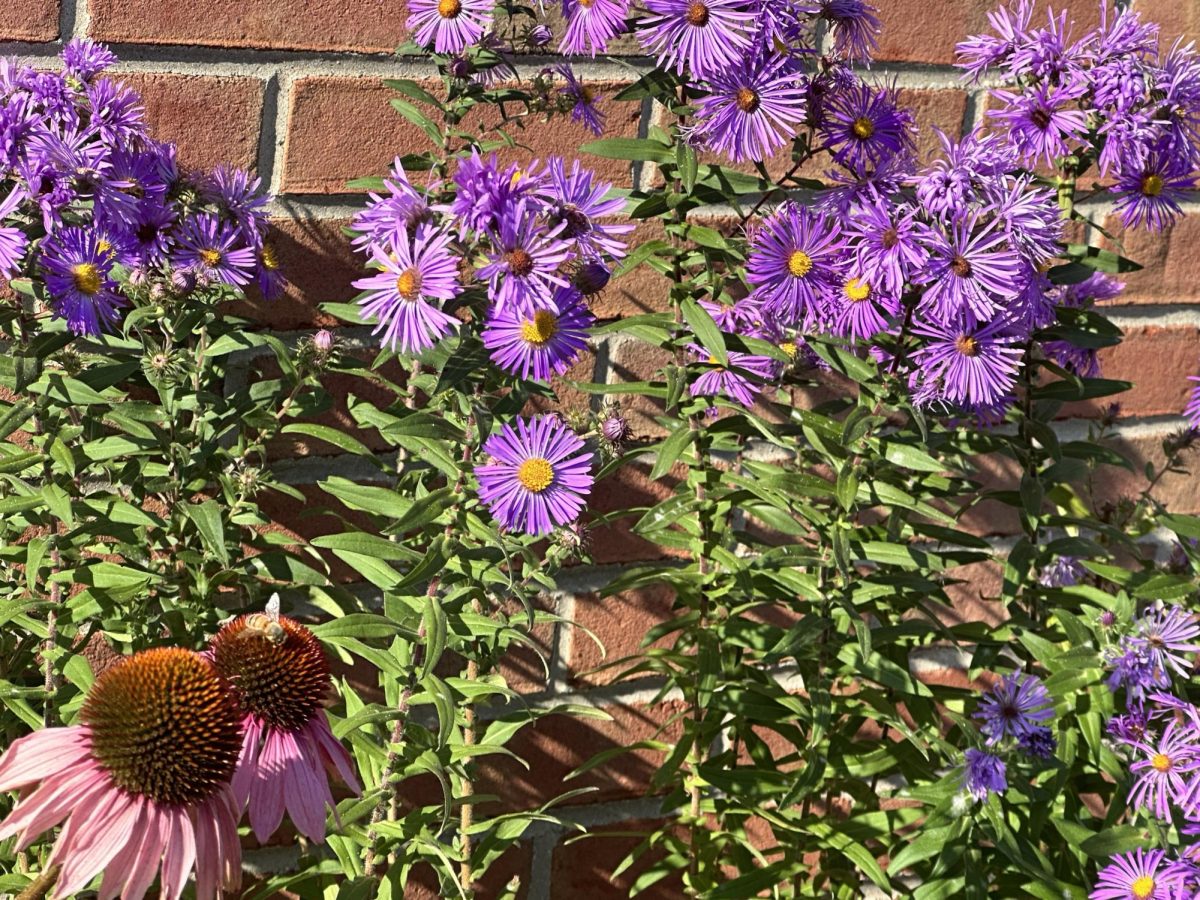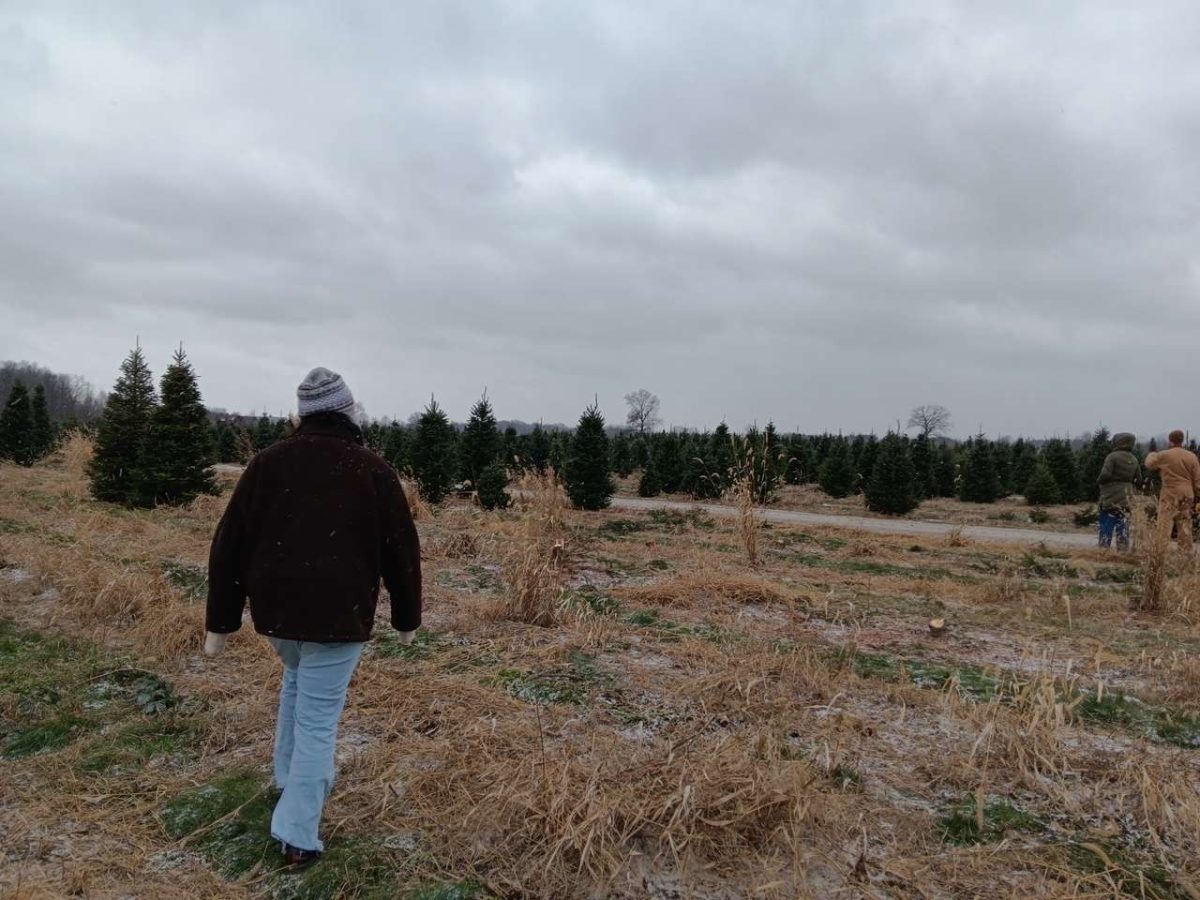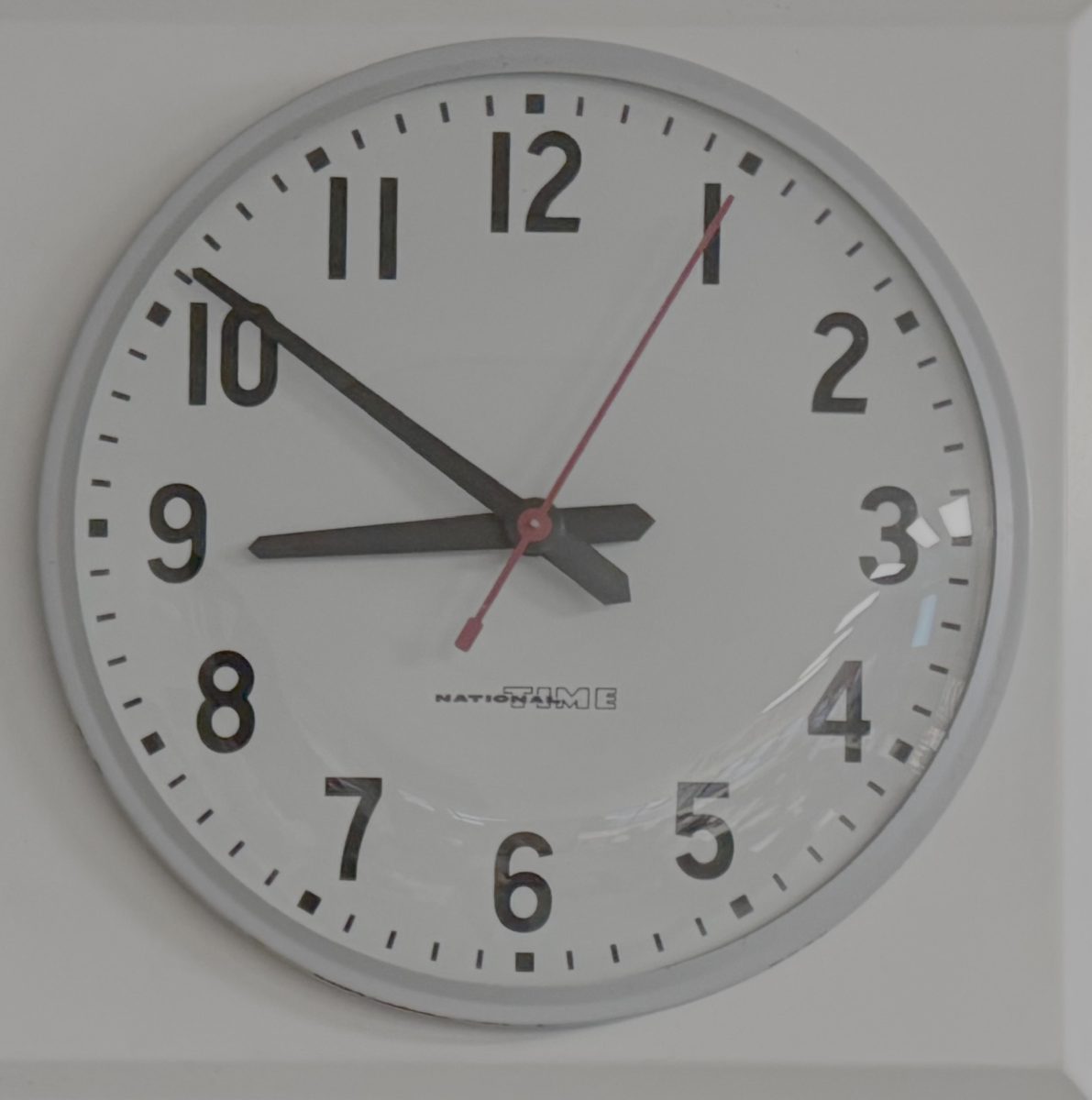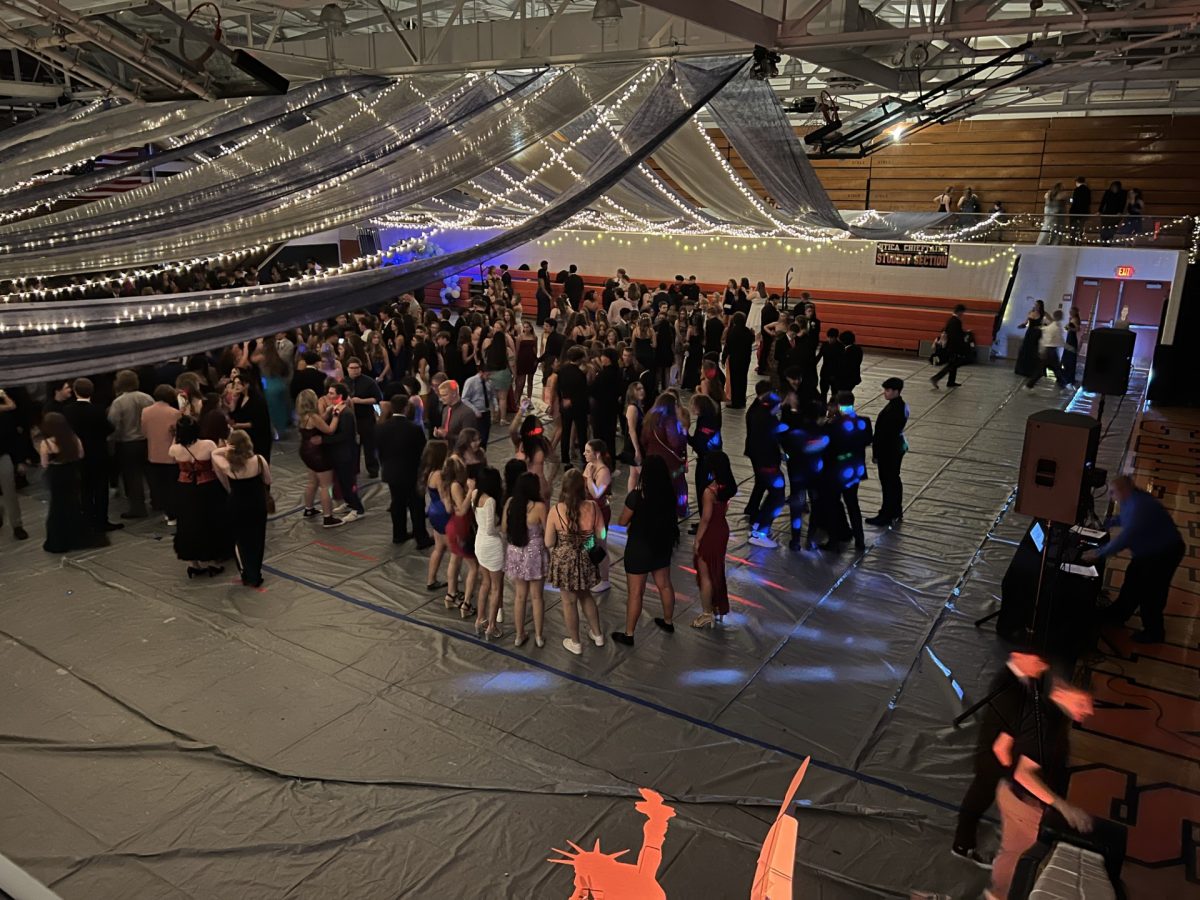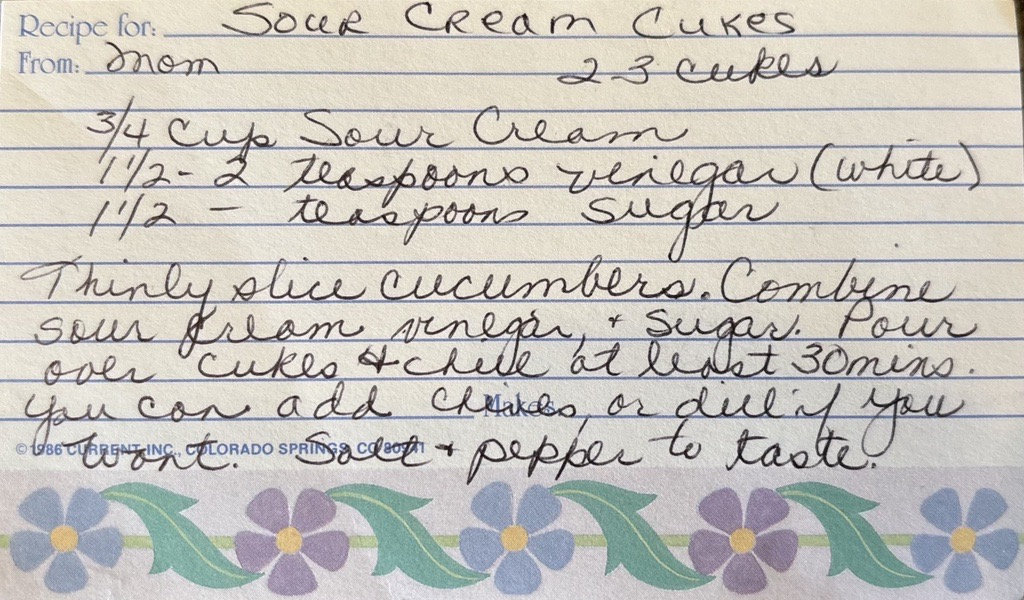Principal Youngblood encouraged teachers to plant flowers. However, they are not just any flowers; they are native flowers. All of the staff came together to build a garden for the school near the main entrance and courtyard. In these gardens, there are plants like Milkweed and Cone flower.
“I believe it was a good idea,” teacher John See said, “and it’s also good for team building.”
The teachers’ goals are to bring back the native pollinators. The population of bees and butterflies, also including native pollinators is suffering by 40 percent.
“We are planting native plants,” principal Tim Youngblood said, “to bring back Monarch Butterflies and bees.”
The plants are good for a variety of animals like Monarch Butterflies, Bees, Milkweed bugs and more. Milkweed is a good food source for these animals which, attracts them to the area and helps the environment flourish. Sadly, our neighborhood wildlife has had a decline in the population. The staff is hoping to help with this problem.
“I think it’s important to plant native flowers,” teacher Suzanne Greenfield said. “It revives quality of native life and brings back our native pollinators like bees and butterflies.”
Due to invasive, non-native plants, native insets and animals will not have the proper nutrients it needs. This can also affect the resources in native areas.
There are some plants that can cause serious damage to a new landscape. They are known as, Japanese Honeysuckle, English Ivy, Bradford Pear and Privet. They can also result to health problems for humans, animals and the ecosystem.
“I think it affects us,” See said, “because of the decline of our pollinators, it tends to decline out natural food sources. Everything we eat is nurtured by our native pollinators.”
Many of the foods we eat are helped to grow by pollination, including apples, avocados, and coffee.
We often forget that there are also pretty and beneficial native plants like Cardinal flower, Black-Eyed Susan’s, Wild Columbine, Beard tongue, Turtle head, Marsh Blazing Star, Rose Milkweed, Butterfly Milkweed, New England Aster and more.
Native plants are good because they require less maintenance than non-native plants, and they grow back on their own each year.
“I prefer low maintenance flowers,” teacher Linda Kammann said. “My favorite flowers are daisies.”
Native pollinators adapt well to the climate and can eliminate the bad from the area like toxins or harmful bugs for a healthier environment. Planting native and healthy flowers can help the environment, humans’ health, and the pollinators population.


